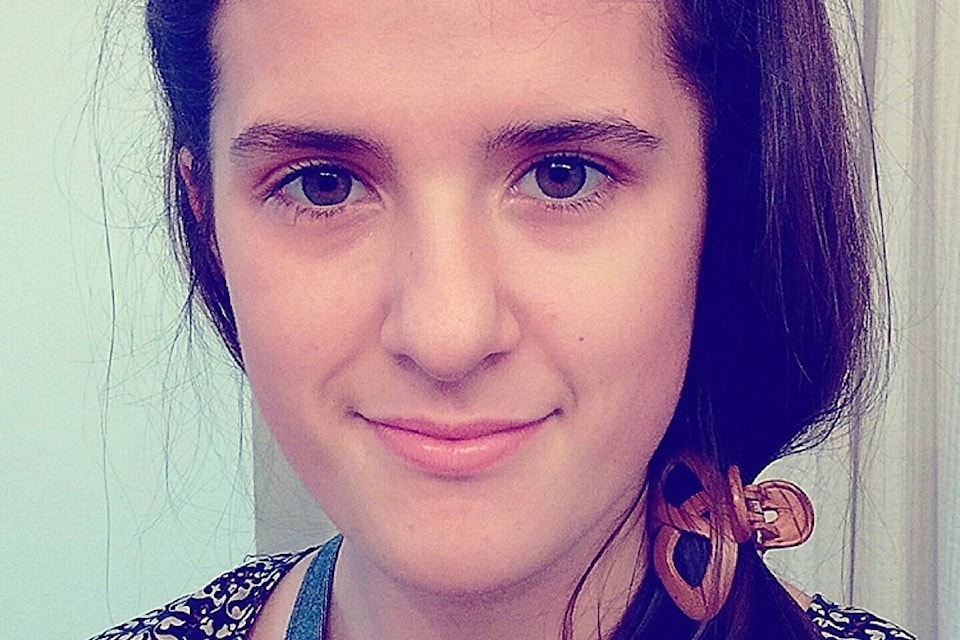Although Canada, as a nation, does not rank highly on the world recycling scale, it is home to some of the top cities for that in the world.
Canada only recycles 42 per cent of its waste, on average. Vancouver, though, was noted as one of the cities with the highest rate of recycling in the world in 2016.
The 2011 launch of the Greenest City Action plan pushed Vancouver to reduce emissions and waste while growing a green economy.
Vancouver now has the cleanest air in North America and recycles 60 per cent of its waste. In 2016, Vancouver set a goal to maintain this upward trend in the aim of becoming a completely renewable city by 2050.
As part of Greater Vancouver, these changes for environmental betterment have been gradually creeping into our day to day lives.
In 2013, Vancouver instituted the world’s first cigarette recycling program. Receptacles were placed around the city and the materials collected from them are shipped to a facility in Toronto. It separates the materials and composts or recycles the by-products.
This program is inexpensive to run and provides work opportunities for Vancouverites.
In addition to such specialized programs, hospitals, shopping centres, schools and other public buildings have been taking steps towards improving their recycling programs.
School District No. 42 made changes to its waste management program this spring break. Students returned from their vacations to hallways interspersed with recycling and composting bins, but no trash cans.
There is only one small trash bin per class and garbage collection only occurs one a week.
Like most changes, the transition to this new system was not entirely fluid. Students would be standing over the bins unsure of where to put their food packaging or, in particular, their gum.
Given time, students will begin to figure out this system, and also that gum is garbage.
Despite the grumbles of students about having to walk through the halls to find the correct bins, this change seems to be a fairly positive one.
The addition of composting takes a large chunk out of the reusable goods that are sent to landfills.
Composting is one of the simplest and most long practiced forms of waste management. Many homeowners have taken on the role of setting up their own compost systems and using the byproducts in backyard gardens or other household projects. It is nice to see the community taking steps to support this beneficial practice, but students have already started to voice concern about how the food waste will be managed in the hotter months of the year.
The bottle and can bins around schools rarely fair well in the heat, attracting colonies of fruit flies and the occasional wasp, so it will be interesting to see whether composting bins will pose the same problems.
One drawback to the one stream recycling system is that it requires significantly more sorting at the depot.
Vancouver has one of the best recycling programs in the world due to our very small amount of contamination during the process. The one stream recycling system will create higher rates of contamination, meaning that more of our recycling will be unusable.
High quality recycling products require a low amount of contamination, so this new system may affect the quality of our recycled products, as well as how many of them end up being usable.
Although the limiting of garbage cans is beneficial to the decrease of waste production, different subjects have different needs for waste management.
In an academic classroom, there is not much demand for trash disposal, as most of the materials used are recyclable.
Classes such as cooking, on the other hand, have a greater need for composting bins and garbage cans for food waste and packaging materials.
There are also other subjects that have greater or lesser needs for different waste management options. These discrepancies can easily be dealt with by rearranging receptacles. But, again, learning how to manage these adjustments will take time.
Although this system may have certain drawbacks, making an effort to improve our environmental habits is important. Implementing systems like this in schools and public domains could go a long way towards educating a generation of more savvy and responsible consumers.
Being eco-friendly is never going to be sacrifice-free, but the things we give up are far outweighed by the reward of the natural beauty that we can support in our cities.
– Bronte Miner is a student at Maple Ridge secondary.
